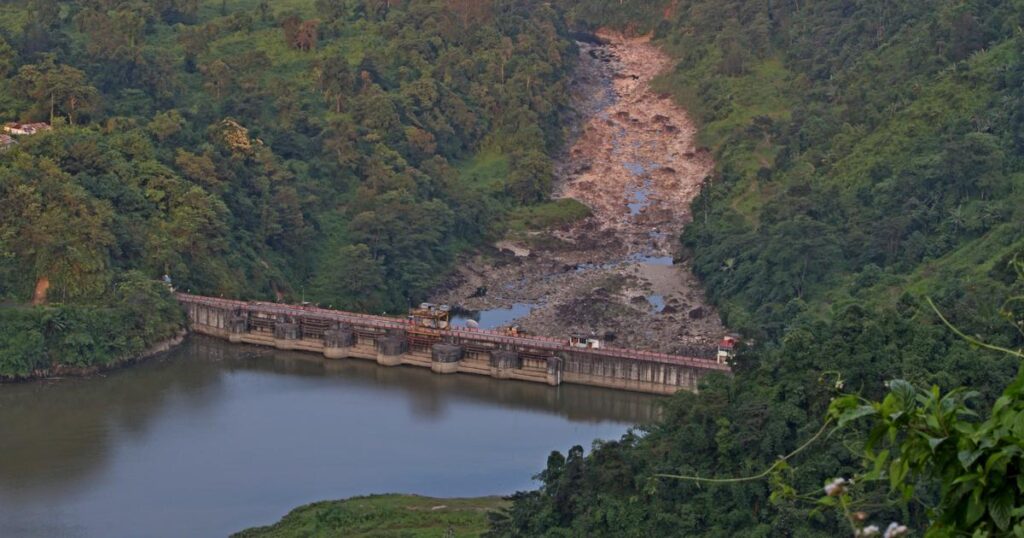
Tone Mickrow, a member of the indigenous Idu Mishmi community, lives a few hours’ drive from Etalin – the proposed site of what has been envisaged as India’s largest dam. … Since the inception of Etalin 14 years ago, the Idu Mishmis have opposed the project on the grounds that it will devastate their livelihoods and threaten their existence. Mickrow is sceptical about the temporary relief granted by the government, as “his experience with dams in the area” tells him the project will likely, eventually, go ahead. In early 2019, India recognised large hydroelectric projects (with a capacity of over 25 megawatts) as central to its renewable energy transition. RK Singh, the minister of power and new and renewable energy, said in Parliament: “The development of hydropower is of paramount importance as it is clean, green, sustainable, renewable, non-polluting and environmental [sic] friendly,” adding that it provided the “cheapest energy in the long run”. The government also argues that hydropower is linked to development in the area. “We don’t want to be refugees on our own lands. The dams will cause permanent loss of land we use for grazing mithuns [a highly prized bovine species], as fishing grounds and for medicinal plants. Several villages will be cut off. Instead, we need support for livelihoods, hospitals and community development centres,” Mickrow said
